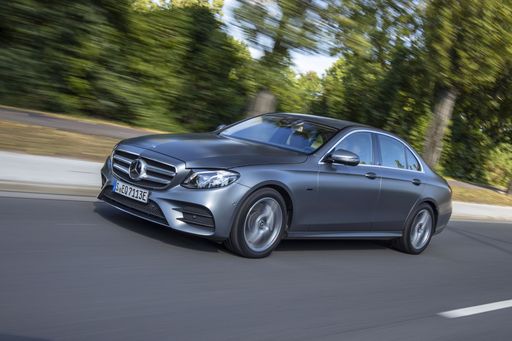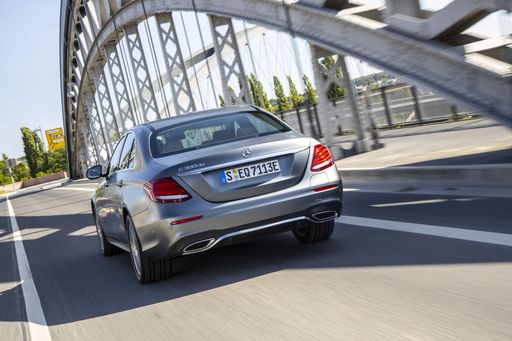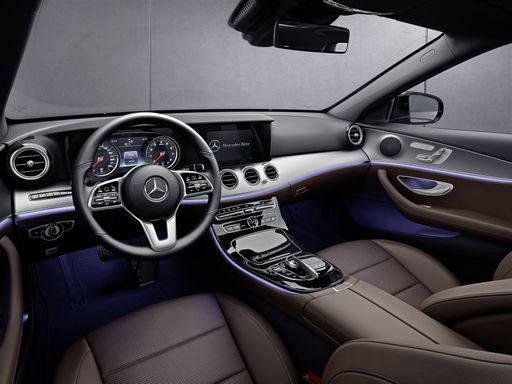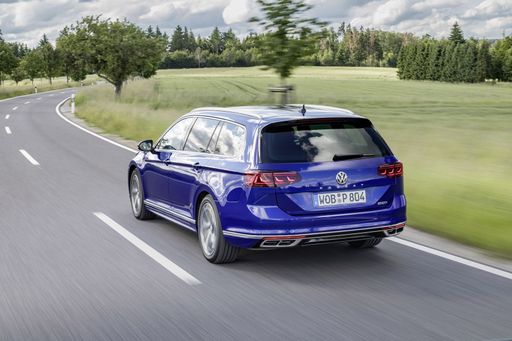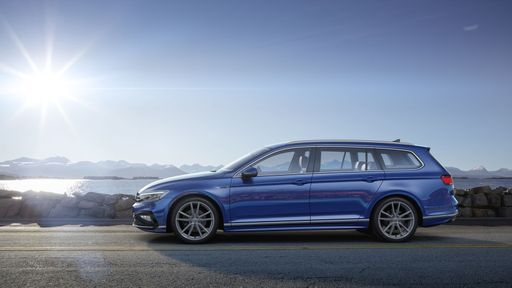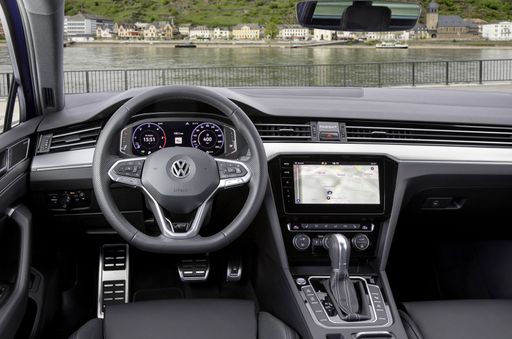Performance and Power
The Mercedes E-Klasse offers a spectrum of powerful engine options. It is available with various propulsion technologies, including Plugin Hybrid, Petrol MHEV, and Diesel MHEV, with power outputs ranging from a robust 186 HP to a formidable 585 HP. This level of power translates into breathtaking acceleration, with the fastest version sprinting from 0 to 100 km/h in just 4 seconds. For those prioritizing speed, the E-Klasse packs a punch with a top speed of up to 250 km/h.
In contrast, the VW Passat, known for its practicality, offers a different suite of engines. The lineup includes Plugin Hybrid, Petrol MHEV, Diesel, and Petrol, producing between 122 HP and 272 HP. The Plugin Hybrid variant is particularly notable for its electric range, which can stretch up to 126 km, a significant figure for a vehicle in this class. Although the Passat's acceleration may not rival that of the E-Klasse, with the quickest model reaching 100 km/h in 5.8 seconds, it is more than enough for daily use and a touch of spirited driving.

